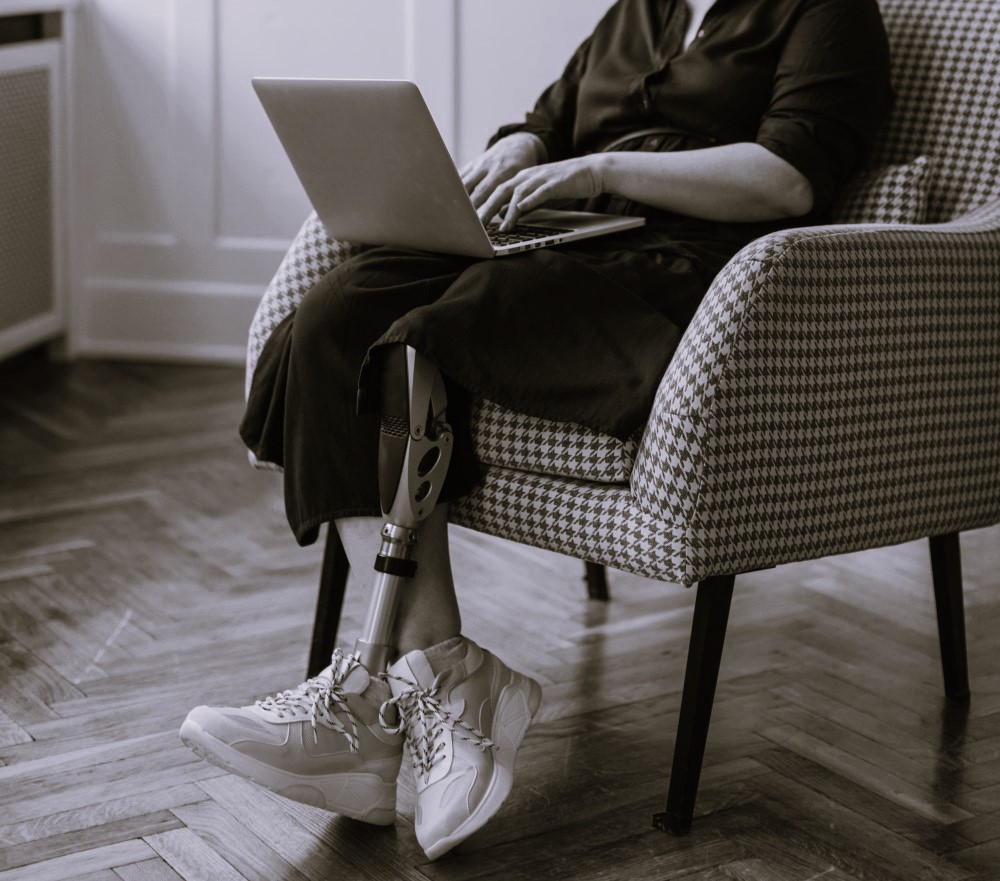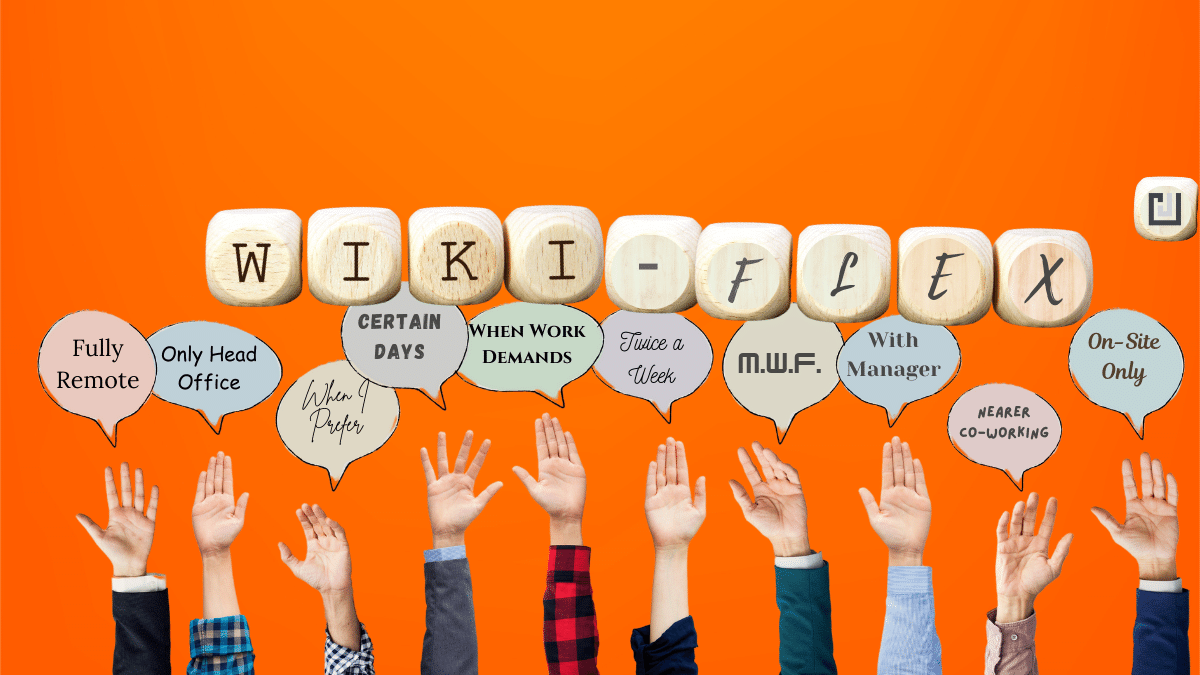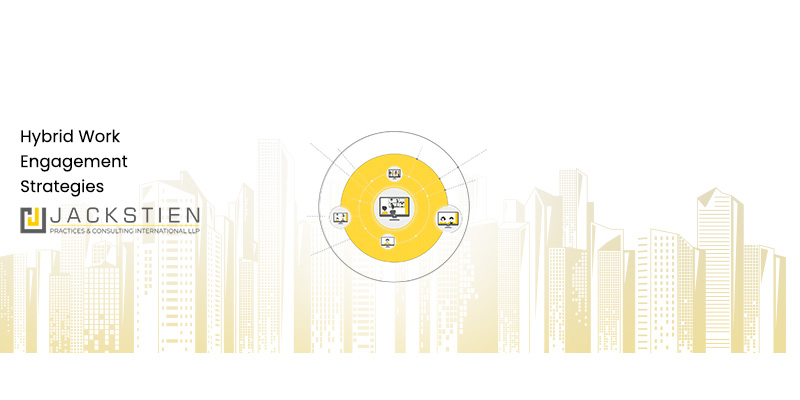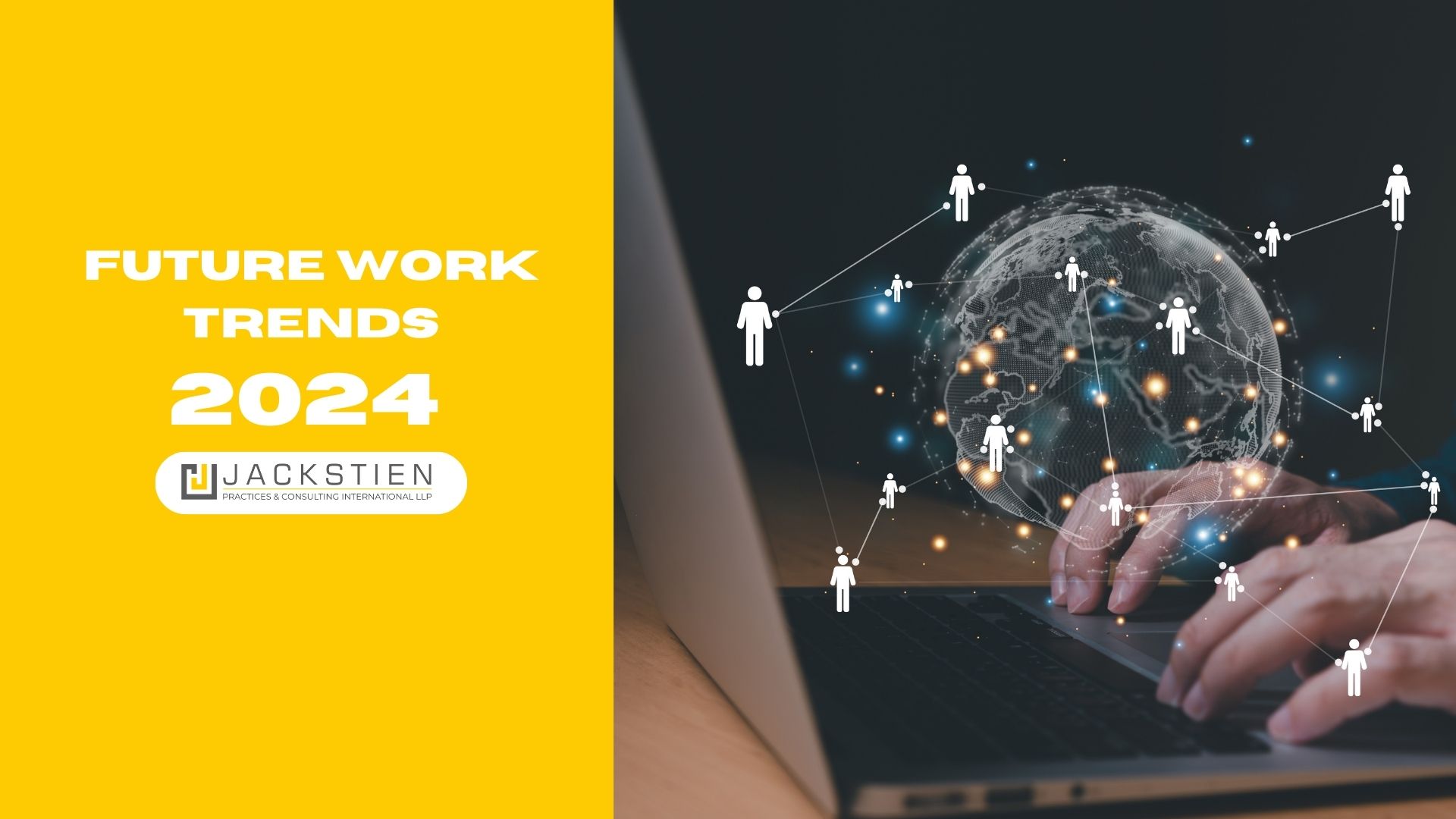As remote work and telecommuting become mainstream, they open up a plethora of advantages for everyone in the workforce. But the new model of work also brings with it ground-breaking inclusivity like never before.
The current shift in work setups and systems across the world enables differently-abled (disabled) people who were always willing to work but couldn’t find enough opportunities that didn’t collide with their disabilities, to not only just gain employment but also progress in their careers and receive a more equal, balanced chance at economic independence.
The Problem
Employment statistics related to disabled people have always been worrying.
The employment rate of people with disabilities is usually way higher or even double than that of people without disabilities.
The United States Bureau of Labor Statistics published data relating to the labour force characteristics of disabled people in the year 2021 and highlighted that disabled people of all ages were much less likely to be employed than people without disabilities.
There is, of course, a lot at play when it comes to the employment scenario for people with disabilities.
First, traditional workplace environments are designed by and for people without disabilities. This makes these spaces largely inaccessible, uncomfortable, and unsuitable for disabled people who want to work. Most offices, for instance, do not have slopes and ramps to accommodate people who use wheelchairs.
Then, there is the obvious transportation problem that people with physical disabilities constantly face. Public transport is not extremely viable for people who have physical impairments and wish to commute to their office.
A person with, say, a serious allergy, wouldn’t be comfortable commuting and risking their health on an everyday basis. Someone with a serious anxiety issue or ADHD may constantly feel on the edge and less in control in an office environment which will require them to always have their guard up.
Going to work would automatically take a backseat for people with such kinds of lived experiences of disabilities.
It is because of this unfairness that persons with disabilities have been demanding a strong, reasonable accommodation policy for long.
It was first used in Title VII of the Civil Rights Act of 1964 which required employers to “reasonably accommodate” an employee or potential employee’s religious observance or practice unless an accommodation would cause undue hardship on the employer’s business.
Half a decade later, the concept found home again in the United States Rehabilitation Act. The 1973 law prohibited discrimination based on disability and made the term “reasonable accommodation” a rallying point for persons with disabilities. As described by the US Equal Opportunity Employment Commission, a reasonable accommodation is “any change in the work environment or in the way a job is performed that enables a person with a disability to enjoy equal employment opportunities”.
For India, the Rights of Persons with Disabilities Act, 2016 is relevant here. It defines reasonable accommodation as “necessary and appropriate modification and adjustments, without imposing a disproportionate or undue burden in a particular case, to ensure persons with disabilities the enjoyment or exercise of rights equally with others”. Several factors can be considered while determining “undue burden”, including the nature and cost of the accommodation, as well as the organisation’s financial resources.
According to a report, in India, there are almost 30 million people with disabilities, out of which 13 million are employable but remain unemployed. Only 3.4 million out of these have jobs.
Sadly, everyone largely ignored the idea of disability inclusion in the field of employment. That is until the Coronavirus pandemic hit them. Now Governments and corporations alike are making rapid modifications to their work environments, inadvertently making reasonable accommodation the new normal.
While this change is more than just welcome, people in the differently-abled community can’t help but reasonably have mixed emotions about it. This is something they had been demanding for a long time.
Shelby Hintze, who works as a producer for a news station in Salt Lake City has to use a wheelchair for her spinal muscular atrophy. She told CNN, “One of the hardest things for me during this whole time has been seeing something that disabled people have been asking for so long and told it’s not possible — all of a sudden, when everybody else needs it, we move heaven and earth to make it happen.”

The Remote Work Solution
The new normal of work tackles and solves many issues that people with disabilities come across in the professional realm of their life.
Remote work is and has proved to be, in many ways, the way forward for disabled people who have remained out of the workforce and been forced to succumb to unfavourable factors that act as roadblocks towards their journey to finding economic stability and independence.
1- While the disposal of office commutes is a clear advantage to non-disabled people, it is a life-changing switch for persons with disabilities.
Working from home allows them to put their personal needs first and not go through the regular trouble of using public and other transport to reach the office. For people who altogether remained unemployed in the face of serious physical impairment, the fact that work no longer needs an office commute will open up employment opportunities for them.
2- Remote work also allows people with disabilities to have better autonomy over their workstations at home. For instance, they can choose positions that are comfortable for them. People with sight impairments can set up and use text-to-speech options. A person with an anxiety disorder would not have to overthink and plan how to navigate social situations in a remote work setup. Remote work separates the disability from a person’s competence. Having more control over their working environment will give disabled persons a level of comfort and convenience that is, honestly, regarded as a privilege by them.
3- As remote work becomes normalized, companies would also amp up their software accessibilities and introduce assistive technology that can help people with disabilities perform their tasks better. This kind of transformation in digital infrastructure would mean that more persons with disabilities would be comfortable applying for these jobs and bagging them.
4- For people with disabilities, being stigmatized and deemed less worthy than their non-disabled counterparts is an everyday battle that they fight in workplaces. There are various attitudinal barriers and negative prejudices that make people form assumptions about disabled people even if they are as qualified and skilled as others. While this pattern of thinking must be looked into and worked upon, remote work simply eases many complexities that disabled people have to deal with in an office.

Catherine, the Associate Director of special projects of the National Organization on Disability told CNN, “Everywhere I go, my cane discloses my disability for me. But if I met someone on the phone, or on Zoom, I choose to disclose my disability or not and people can’t tell. if I were interviewing (for a job), I don’t know how it would affect the decision on either side. But certainly, I’d have more cards in my hand.”
ABOUT THE AUTHOR
A senior banker from the complex global markets space, Mr. Nishant Shah has worked for more than two decades across Citibank, Standard Chartered and JPMorgan Chase before taking over as our Managing Partner. Passionate with word and pen about finance, technology, macroeconomics and future trends, he is a Chartered Accountant by education and the winner of various prestigious awards during his career, including the ‘India Awards for Excellence’.


